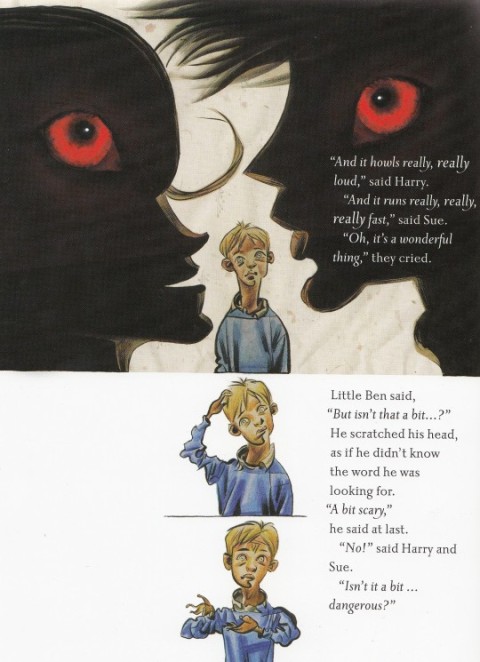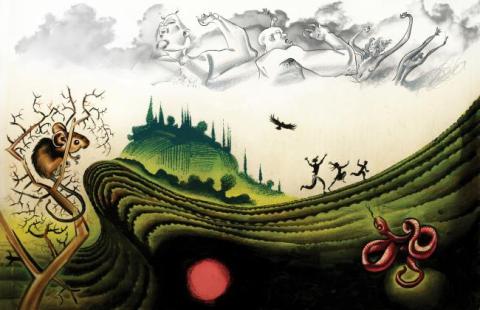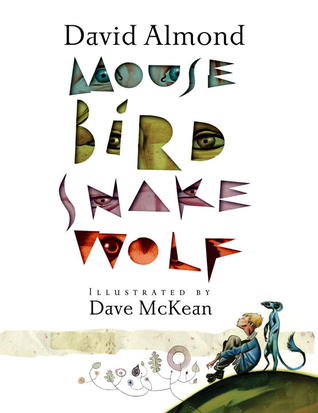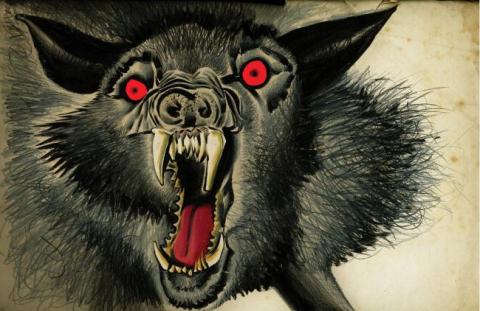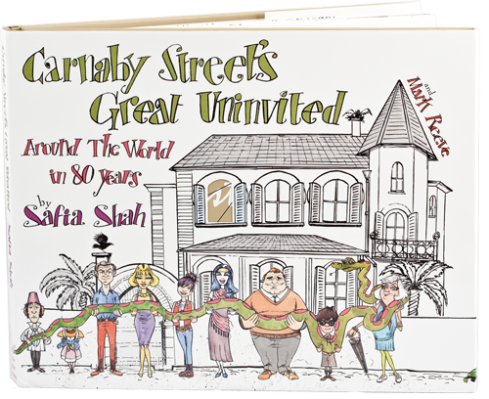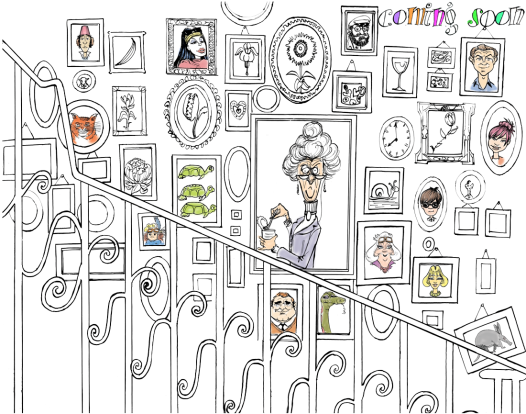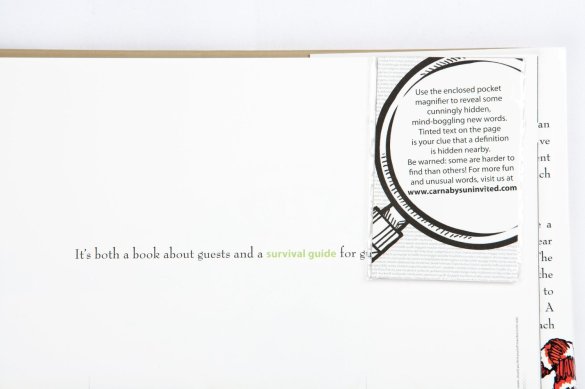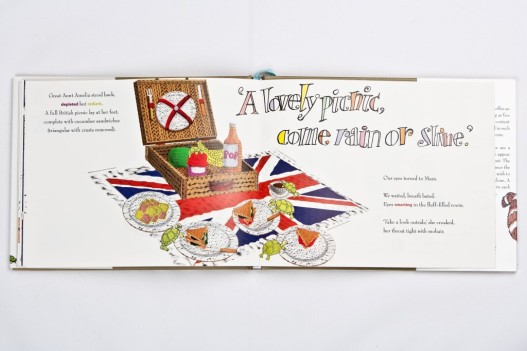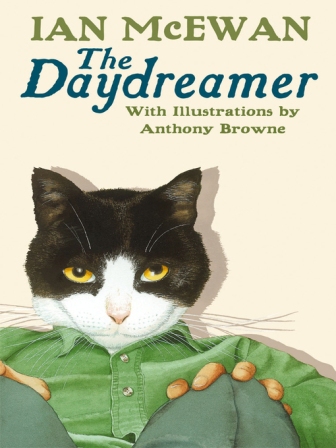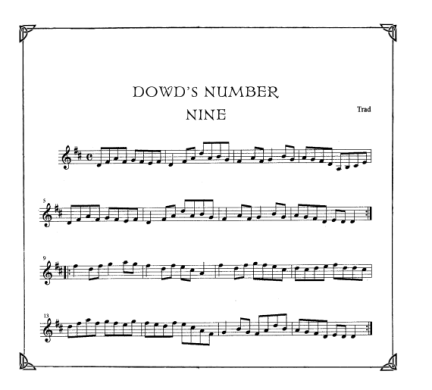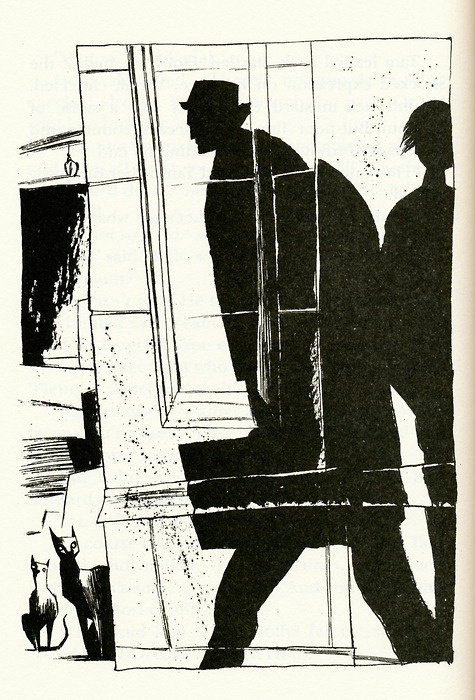 It happyd in a greate solempne feste, Fisshes of the floode walkyd togidre after Dynar in great tranquillyte and peace for to take ther recreacyon and solace; but the Carpe began to trowble the feste, erectynge hym self by pryde & saynge, I am worthy to be lawdyd aboue all othir, for my flesshe is delicate and swete more than it can be tolde of. I haue not be nourished nothir in dychesse, nor stondyngh watyrs, nor pondes; but I haue be brought vppe in the floode of the greate garde. Wherfore I owe to be Prynce and Regent amonge all yowe.
It happyd in a greate solempne feste, Fisshes of the floode walkyd togidre after Dynar in great tranquillyte and peace for to take ther recreacyon and solace; but the Carpe began to trowble the feste, erectynge hym self by pryde & saynge, I am worthy to be lawdyd aboue all othir, for my flesshe is delicate and swete more than it can be tolde of. I haue not be nourished nothir in dychesse, nor stondyngh watyrs, nor pondes; but I haue be brought vppe in the floode of the greate garde. Wherfore I owe to be Prynce and Regent amonge all yowe.
Ther is a Fissh callyd Tymal’ lus, hauinge his name a Flowre, for Tinius is callyd a Flowre; and this Tymallus is a Fissh of the See, as saithIsidore, Ethimologiarum, xii. and allthoughe that he be fauoureable in sight and delectable in taste, yet moreouir the Fyssh of hym smellyth swete lyke a flowre and geuith a pleasaunte odour. And so this Fyssh Tymallus, hering this saynge of the Carpe, had greate scorne of him and sterte forth & sayde: It is not as thou sayste, for I shine more bright than thowe, and excede the in odowre and relece. Who may be comparyd rnto me, for he that fyndith me hath a great Tresowre. If thow haue thy dwellynge oonly in the watir of garde, I haue myn abydynge in many large floodes.
And so emong them were great stryuis and contencyons. Wherfore the feste was tournyd in to great trowble, for some fauowryd the parte of the one and some of the othir, so that be lyklyhode there shukl haue growen greate myschefe emonge them: for eueiy of them began to snak at othir, & wulde haue torne eche other on smale pecys.
Ther was monge all othir a Fissh callyd Truta euyr mouyd to breke stryfe;and soo thys Trowte for asmoche as she was agjd, and wele lernyd, she spake and sayde: Brediyn, it is not good to stryue & fight for vayne lawdatowris and praysers; for I prayse not my self though some personis thinke me worthy to be commendid; for it is wryttyn, the Mowth of an othir Man mote commende the and not thyn owne, for all commendacyon and lawde of hym self is fowle in y*. mouth of the Spekar. Therefore bettyr hit is that those that prayse them self goo togider to the see luge, that is, the Dolphyn, which is a iust luge and a rightfull and dredinge God, for he shall rightfully determyn this mater.
This Counsell plesyd them well, and forth went these twayn togider vnto the Dolphyn. and shewyd to him all ther myndes, and to ther power comendid the self. To whom the Dolphyn sayde: Children, I neuyr sawe yowe tell this tyme, for ye be alwaye hydde in the floodes, and 1 am steringe iu the great Wawys of the See; wherfore I cannot gyue ryghtfull Sentence betwene yowe, but yf I first assaye and make a Taste of yowe. And thus saynge, he gaue a sprynge and swalowyd them in both two, and sayde,
Noman owith hym self to commende,
Aboue all other, laste he offende.
-o-
This fable of the Dolphin and the Fish is from a medieval collection called the Creature Conversations, or in Latin Dialogus Creaturarum. It’s very like the story told here before of the Two Otters and Jackal. Even though it makes hard reading – can you read it? – I’ve left the English as it was five hundred years ago.
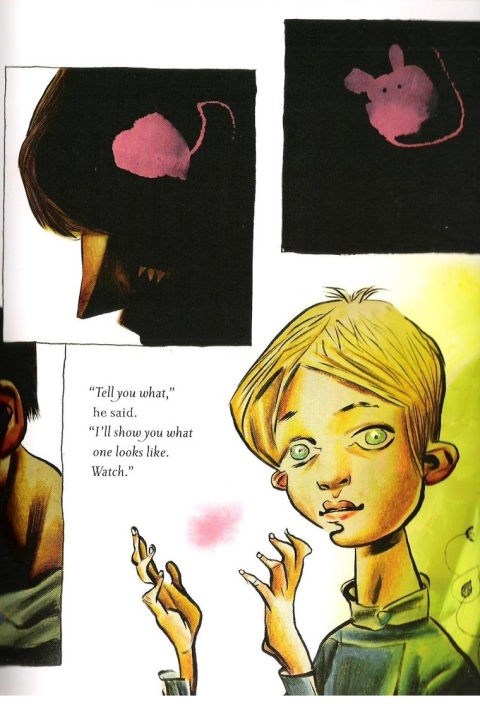
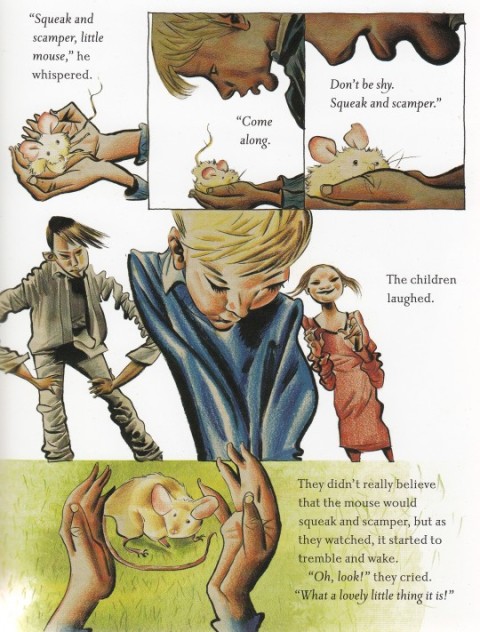 All goes relatively well until Harry and Wolf start having wolfish thoughts:
All goes relatively well until Harry and Wolf start having wolfish thoughts: